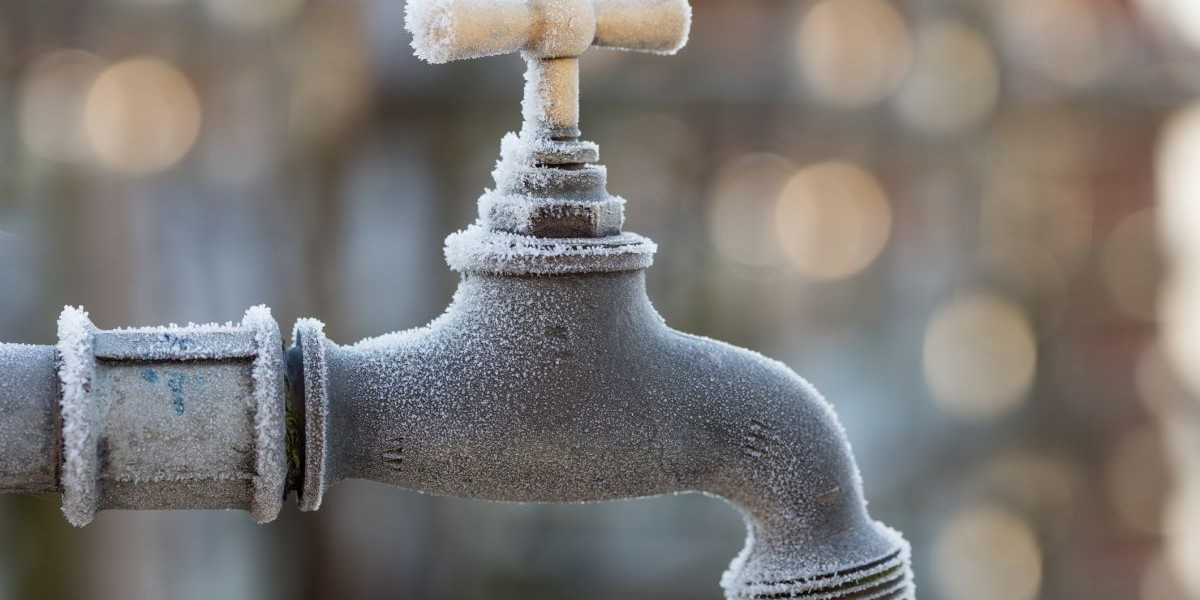So, winter is just around the corner, and safeguarding and protecting your outdoor faucets becomes the foremost priority, as overlooking them can prompt burst pipes, expensive repairs, and inconvenience. Fortunately, with a few simple precautions, you can protect your outdoor faucets throughout the year. We have outlined the top ways to shield your outer faucets from freezing, helping you eliminate the need to call an emergency plumber in Reno NV. Without further ado, let's dive in.
Implement The Following Steps To Protect Outdoor Faucets From Freezing
• Insulate The Faucets:
Insulate your faucets appropriately since it serves as a barrier against cold temp and helps retain heat. Consider the following:
• Install Faucet Covers:
These are intended to be wrapped around your faucet and offer insulation to warm your pipes. Furthermore, they are affordable and straightforward to use.
• Utilize Foam Pipe Insulation:
Covering your exposed pipe leading to the faucets with foam pipe insulation can preclude freezing and keeps the water flowing.
• Disconnect And Drain The Hoses:
Disconnect and drain all of your garden hoses before the winter arrives, as leaving a hose connected may cause water to freeze within the hose, leading to pressure buildup and potential pipe damage. Furthermore, store your hoses in a dry, frost-proof area during winter. Follow these steps to prevent this:
• Disconnect The Hoses:
Unplug all garden hoses from the faucets outside.
• Drain The Hoses:
After removing them, ensure they are completely drained of water. Coil them up and store them in a dry, sheltered location.
• Install Frost-Free Faucets:
Upgrade your faucets to frost-free since they reduce the risk of freezing by keeping the shut-off valve in the warmer section of the house. Although they're a bit more expensive than conventional faucets, they are worthwhile in the long run, preventing plumbing contractor services in Reno NV.
• Drip Faucets During Freezing Temperatures:
When temperatures drop significantly, allow the faucets to drip slightly to prevent freezing. The consistent water flow precludes ice formation by relieving pressure within the pipes. However, this technique isn't advisable for areas with water conservation concerns.
• Provide Additional Heat Resources:
Consider providing extra heat sources near the outdoor faucet. Here are a few alternatives:
• Heat Tapes Or Cables:
These devices generate heat to keep the pipes warm while preventing freezing. You just have to wrap them around the pipes leading to the faucets.
• Heat Lamps:
Position them strategically near the faucets to provide localized heat. But remember to place them safely and away from flammable materials. Ensure to follow the manufacturer's instructions for safe use.
• Shut Off And Drain The Water Supply:
Consider shutting off the water supply to the outer faucets that won't use during winter. Follow the below steps:
• Locate The Shut-Off Valve:
Identify the shut-off valve regulating the water supply to the outdoor faucets.
• Turn Off The Valve:
Close the valve to keep water from flowing into the outdoor faucets.
• Drain The Pipes:
Open the outer faucet to drain out any remaining water, ensuring there's no water left in the drains to freeze.
The Bottom Line
Safeguarding your house's outer faucets can save you from potential plumbing disasters. Follow these straightforward yet effective tips, such as insulating faucets, disconnecting and draining hoses, and providing additional heat sources to protect the faucets all year around.








